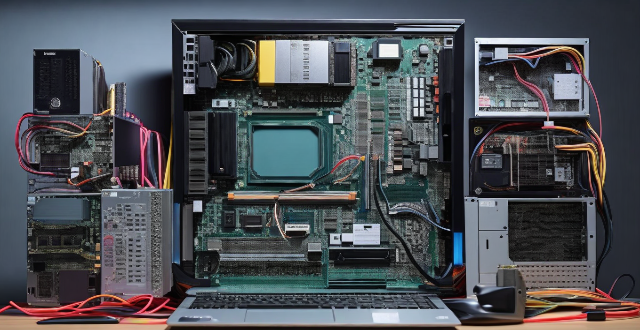The process of installing multiple operating systems on a single computer is known as dual booting or multi-booting. This setup allows users to choose which OS to use at boot time, offering advantages such as flexibility, testing in various environments, and educational opportunities. Important prerequisites include backing up data, ensuring sufficient storage, checking compatibility, and using a boot manager like GRUB. The installation process involves preparing the hard drive with separate partitions for each OS, installing the first OS, shrinking existing partitions for subsequent OSes, configuring the boot manager, and testing the installations. Potential challenges include driver compatibility issues, system updates affecting the bootloader, and careful partition management to avoid data loss. With careful planning and execution, a multi-boot environment can successfully expand options and flexibility when working with different software platforms.

Is it possible to install multiple operating systems on a single computer?
Overview
Yes, it is possible to install multiple operating systems on a single computer. This process is known as dual booting or multi-booting. By setting up multiple operating systems on one machine, users can choose which OS to use at boot time.
Advantages of Multi-Booting
- Flexibility: Allows you to use different tools and applications that are only compatible with certain operating systems.
- Testing: Helpful for developers who need to test software in various environments without physically owning multiple machines.
- Educational Purposes: Great for learning about different operating systems and their intricacies.
Prerequisites for Multi-Booting
Before proceeding with the installation of multiple operating systems, ensure the following prerequisites are met:
1. Backup Data: Make sure to back up all important data before making any changes to your system partitions.
2. Sufficient Storage: Each operating system will require its own partition (section of the hard drive), so make sure there’s enough space available.
3. Compatible Systems: Check that the operating systems you wish to install are compatible with each other and your hardware.
4. Boot Loader: You'll need a boot manager such as GRUB to handle the selection of the operating system during startup.
Steps to Install Multiple Operating Systems
Step 1: Prepare the Hard Drive
Create separate partitions on your hard drive for each additional operating system you plan to install.
Step 2: Install the First Operating System
Install one operating system normally. Typically, this would be your main or primary OS.
Step 3: Install Subsequent Operating Systems
When installing subsequent operating systems, you'll need to:
- Shrink an Existing Partition: Use disk management tools within your current OS to shrink an existing partition and create free space for the new OS.
- Install the New OS: Boot from the installation media for the new OS and select the unallocated space to install it there. Ensure you don’t overwrite any existing partitions.
Step 4: Configure the Boot Manager
After installing all the operating systems, you will typically need to update or configure your boot manager to recognize and boot into all installed systems. If you're using Linux alongside another OS, GRUB usually auto-detects other OSes and adds them to the boot menu automatically.
Step 5: Test the Installations
Reboot your computer and verify that the boot manager correctly lists all installed operating systems. Select each one to ensure they boot properly.
Potential Challenges
- Driver Compatibility: Some systems may not have drivers available for every piece of hardware.
- System Updates: Updates to one operating system might affect the bootloader or the visibility of other systems. Always be cautious when updating system components related to booting.
- Partition Management: Mistakes in partitioning can lead to data loss or system failure. Proceed with caution and double-check your actions.
Conclusion
While it is entirely feasible to run multiple operating systems on a single computer, it requires careful planning and execution. With the right preparations and steps followed, you can successfully set up a multi-boot environment, expanding your options and flexibility when working with different software platforms.